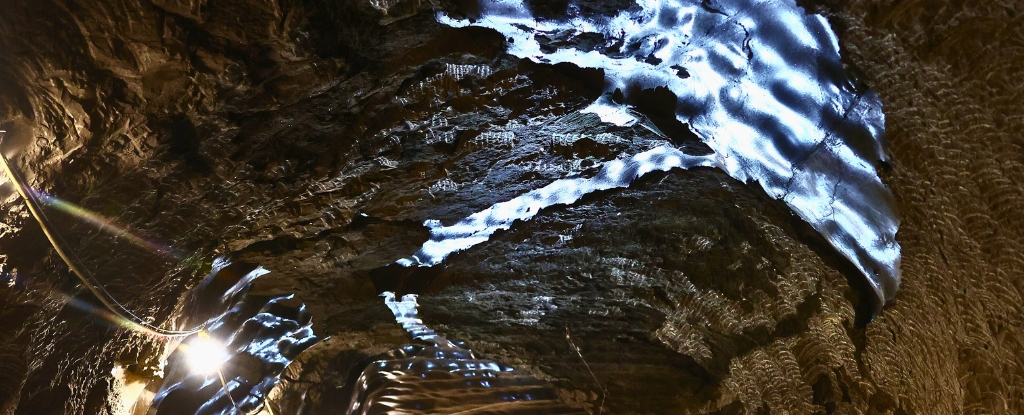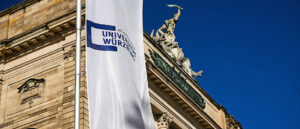
Microbes trapped in Alaskan permafrost for over 40,000 years have been reawakened as the frozen soil thaws. Researchers from the University of Colorado Boulder discovered these ancient life forms while studying samples collected from the US Army Corps of Engineers’ Permafrost Tunnel Research Facility. This facility extends more than 100 meters (approximately 350 feet) underground, providing a unique environment to investigate the effects of climate change on long-buried microbes.
Microbiologist and geochemist Tristan Caro, a PhD student at CU Boulder, explained the significance of these findings. “These are not dead samples by any means,” he stated. “They’re still very much capable of hosting robust life that can break down organic matter and release it as carbon dioxide.” This discovery highlights the potential consequences of a warming climate, as thawing permafrost releases greenhouse gases previously locked away in the ice.
As global temperatures rise, Arctic permafrost—covering nearly a quarter of the Northern Hemisphere’s landmass—begins to melt. This process awakens numerous microbial life forms, which consume decaying organic matter and emit additional methane and carbon dioxide into the atmosphere. According to Sebastian Kopf, a geomicrobiologist at CU Boulder, this phenomenon presents significant uncertainties regarding climate change. “How will the thawing of all this frozen ground, where we know there’s tons of carbon stored, affect the ecology of these regions and the rate of climate change?” he questioned.
The research team incubated the microbes at temperatures ranging from 3.8°C to 12.2°C (approximately 39°F to 54°F), simulating conditions typical of an Alaskan summer under climate change. Initially, the microbes showed sluggish growth, with some strains replacing only one in every 100,000 cells daily. This contrasts sharply with typical lab-grown bacterial strains, which can completely replace their colonies within hours.
After six months, however, the permafrost microbes exhibited a notable increase in activity, suggesting a delayed response to warming temperatures. This delay indicates that once permafrost thaws, there may be a lag before microbial emissions of greenhouse gases become significant. Caro emphasized that the lengthening of summer seasons, rather than isolated hot days, is crucial. “What matters much more is the lengthening of the summer season to where these warm temperatures extend into the autumn and spring,” he explained.
The findings from this research are essential for understanding how thawing permafrost contributes to a warming Arctic. As the study concludes, the potential for microbial activity to impact climate change becomes increasingly relevant, particularly as thawing progresses into deeper and more ancient layers of permafrost. The research was published in the Journal of Geophysical Research: Biogeosciences, underscoring its importance in the ongoing discourse regarding climate science and environmental policy.






